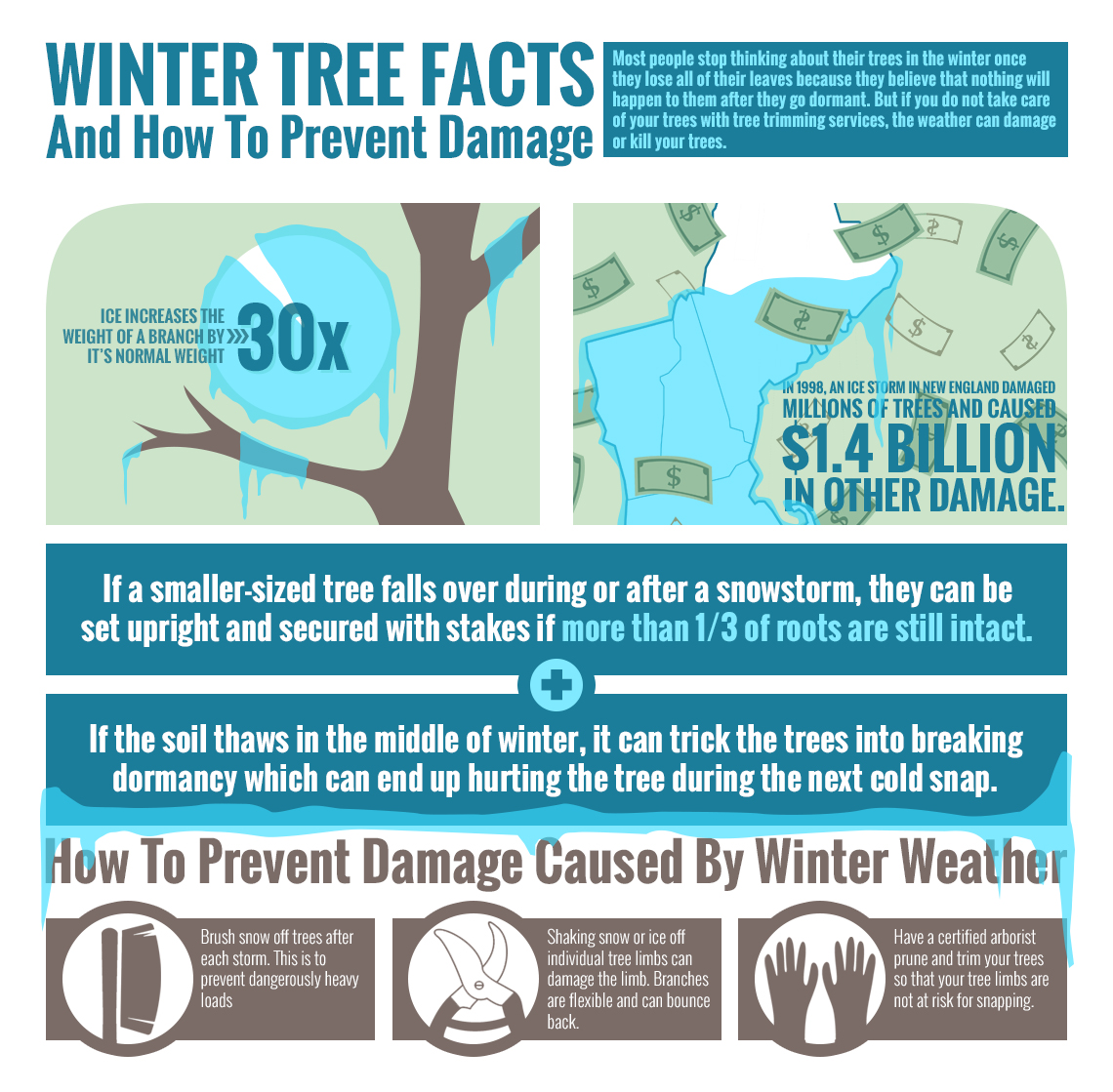Establishing The Right Time For Tree Elimination - An Overview For Homeowners
Establishing The Right Time For Tree Elimination - An Overview For Homeowners
Blog Article
Web Content Writer-Mcmahon Lucas
Trees add charm and value to residential or commercial property, yet they can also pose a threat during extreme climate events. If a tree has quit expanding, is exhibiting noticeable fungal growth, or has a leaning trunk, it should be removed by a specialist to stay clear of residential or commercial property damage and injury.
To learn more, participate in a home owner resource fair co-hosted by HPD, the Center for NYC Neighborhoods, and Brooklyn-based housing partners this evening in Bedford-Stuyvesant. The event will certainly feature the Property owner Manual, a brand-new overview to help property owners browse the duties of having a home.
1. Dead or Dying Branches
Trees are an integral part of your home's landscape, offering shade and charm. They likewise offer shelter for wildlife and create oxygen, however even healthy trees can experience illness that may require their elimination. Dead or passing away trees aren't just unattractive, they can be unsafe. Their branches could drop throughout a storm, leading to expensive property damage and injuries.
When a tree's branches start to die, it indicates that its structure is starting to break down. If most of its branches are dead, it is most likely time to remove it.
Try to find an absence of new growth, bark peeling, open injuries or tooth cavities, fungis expanding on the trunk or roots and a general appearance of degeneration in the whole cover. These indicators of infection can indicate a serious trouble that will require expert tree services to settle.
2. Leaning Trunk
While it's normal for trees to lean every so often as a result of phototropism, if a tree has a dangerous or severe lean that's not due to natural processes - it could be a sign that the tree needs to be eliminated. If the tree is favoring a high-voltage line, home, vehicle, play framework or any other area that could be harmful to people if it drops, after that speaking to an expert tree service for elimination ought to be a leading concern.
team trees count 's also important to watch for any kind of sudden changes in a tree's leaning as it can indicate damage to the roots or trunk that may cause dropping. This is specifically true throughout stormy weather, considering that high winds and rain-soaked soil can trigger a lean to change quickly. Normal tracking, particularly during and after storms can aid property owners recognize potential troubles with their trees so they can call an arborist for an extensive evaluation.
3. Bug Invasion
Some pest problems, such as wood-boring bugs like emerald ash borer or sap-suckers like range bugs, are so severe that they can cause a tree to die. The best way to avoid pest invasion is to monitor your trees regularly. Look for spots, holes, or discolorations in the fallen leaves and bark. Analyze the trunk for splits and indications of insect damages, such as passages or tracks.
If a tree comes to be as well plagued with insects, or is close to a home or high-voltage line, an arborist might recommend removal. If a leaning tree establishes a new, unstable lean, an arborist will likely recommend removal also to guarantee the safety of people and residential or commercial property. If a damaged or dead tree continuously sheds too much branches, it is a sign that it is time to get rid of the tree. If a tree remains to shed branches for an extensive period of time, it can result in structural troubles and possible building damages.
4. Damaged https://bestwaytoremovesmallstump38405.dm-blog.com/29426175/choosing-between-do-it-yourself-tree-elimination-and-hiring-an-expert-making-the-best-choice are an attractive and fundamental part of our landscape, but they do need regular like maintain them healthy and safe. If a tree is damaged beyond repair it is most likely time for it ahead down.
Try to find indications of damages to the trunk, including upright cracks, joints, dead branch stubs, noticeable injuries or open dental caries and severe tree-rot. The visibility of fungis at the base of the trunk is another alerting sign. Fungis might indicate that the phloem and xylem (life-support cells) are endangered, enabling the spread of condition or a future failure.
Additionally, think about whether the tree has actually stopped growing. Healthy trees will have new growth every year, which may be visible as buds or branches growing and expanding. If you don't see any brand-new growth, it's a good idea to have an arborist assess the tree and follow their suggestion for elimination. A passing away or damaged tree can drop and create property damage.